Burney Falls: Discovering the Jewel of Northern California
Nestled in the heart of California's Cascade Range, you'll find the enchanting Burney Falls, a true testament to nature's beauty. This breathtaking 129-foot waterfall, recognized as a National Natural Landmark, cascades year-round, fed by both surface water from Burney Creek and underground springs that weave through the region's volcanic rock. When you visit, you'll see why it's not just the height but also the sheer volume of water and picturesque setting that draws visitors from around the world.
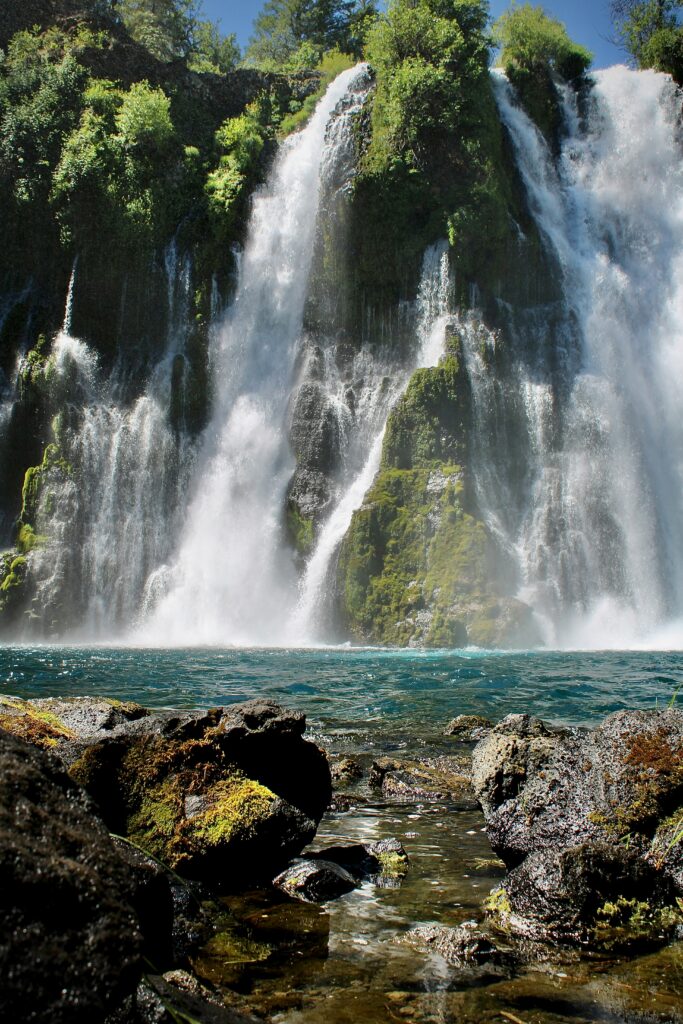
As you stand amidst the towering pines and fragrant cedars, the mist from the thundering water cools your face, offering a welcome respite. The park surrounding Burney Falls offers a variety of experiences, from hiking trails that take you around the falls to the lush forest that invites you to explore its secrets. It's a place where photographers, nature enthusiasts, and anyone needing a moment of peace will find their solace.
Whether you're looking to hike, camp, fish, or simply bask in the mist of one of California's most magnificent waterfalls, the McArthur-Burney Falls Memorial State Park provides an ideal setting. It's a natural playground that promises to engage your senses and renew your appreciation for the grandeur of the great outdoors.
Burney Falls: Discovering the Jewel of Northern California
History and Significance
Burney Falls is not only a natural wonder but also a place rich with history and cultural significance. Let's explore the layers of the past that give Burney Falls its unique place in American heritage.
Native American Heritage
Before European settlers arrived, the area around Burney Falls was inhabited by the Ilmawi Band of the Pit River Tribe known as the Achomawi people. They were deeply connected to the land, with the falls being a central part of their traditional territory. For these indigenous peoples, the falls and surrounding area held spiritual significance and provided vital natural resources.
Samuel Burney
The falls were named after an early settler, Samuel Burney, who lived in the area in the 1850s. His presence and name were imprinted on the land, allowing later generations to remember the pioneers who ventured west during the era of American expansion.
President Theodore Roosevelt's Designation
Recognized for its outstanding beauty, Burney Falls received a significant honor when President Theodore Rooseveltcalled it “the Eighth Wonder of the World”. This recognition helped elevate the site's status, and in December 1954, Burney Falls was declared a National Natural Landmark, cementing its importance as a treasure within the American natural landscape.
Geological Features
As you explore Burney Falls, you're witnessing the remarkable interplay between volcanic activity, enduring basalt formations, and the ceaseless work of underground springs and reservoirs that have shaped this natural wonder.
Volcanic Activity
The formation of Burney Falls is deeply rooted in the region's volcanic history. The layered volcanic rock that underpins the area is a testament to the fiery eruptions that once sculpted the landscape. You can trace the history back to when nearby Mount Burney erupted, laying down the foundation for the falls.
Basalt Formations
Basalt, a volcanic rock, is the cornerstone of Burney Falls' structure. This dense rock was formed from the rapid cooling of lava flows, creating the sheer cliffs over which Burney Creek cascades. It is this sturdy yet fractured basalt rock that creates the dramatic backdrop for the waterfalls and shapes the numerous small flows that give Burney Falls its distinctive “horsetail” appearance.
Underground Springs and Reservoir
A key feature of Burney Falls is the network of underground springs that feed the falls year-round. These springs emerge from a large underground reservoir. Collectively, they supply the falls with much of its water, pushing through the porous basalt to emerge directly from the cliff face. This process results in approximately 100 million gallons of water discharging daily, ensuring the falls' persistent flow regardless of seasonal changes.
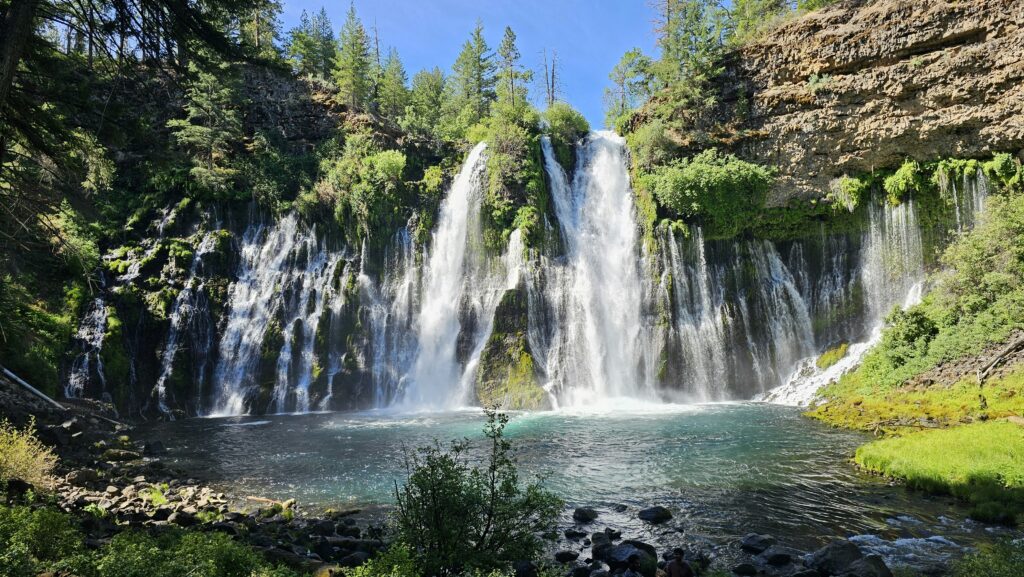
Flora and Fauna
Exploring Burney Falls, you'll be enveloped in a lush forest ecosystem and may encounter an array of wildlife. On your visit, you'll find this natural haven a treasure trove of biodiversity.
Forest Ecosystem
The McArthur-Burney Falls Memorial State Park is a thriving habitat characterized by its coniferous forests. As you hike through the park, you'll walk among towering ponderosa pines and Douglas-firs, staples of the region's flora. Throughout the year, the understory bursts with a colorful display of wildflowers, adding a delicate contrast to the rugged scenery. The moist environment around the falls is perfect for a variety of ferns and mosses that drape the landscape in vibrant greens.
Wildlife Spotting
Your visit to Burney Falls provides excellent opportunities to observe local wildlife in their natural setting. Keep your eyes peeled for the acrobatic black swifts often seen darting through the sky near the waterfalls. On the forest floor, squirrels may scurry along the paths, gathering food amidst the trees. The area is also a haven for bird enthusiasts; you may hear the tap-tap-tapping of woodpeckers as they peck away at the bark of the trees in search of insects. Rare sightings of other animals, such as black bears, add to the exciting possibility of wildlife encounters at this nature-filled sanctuary.
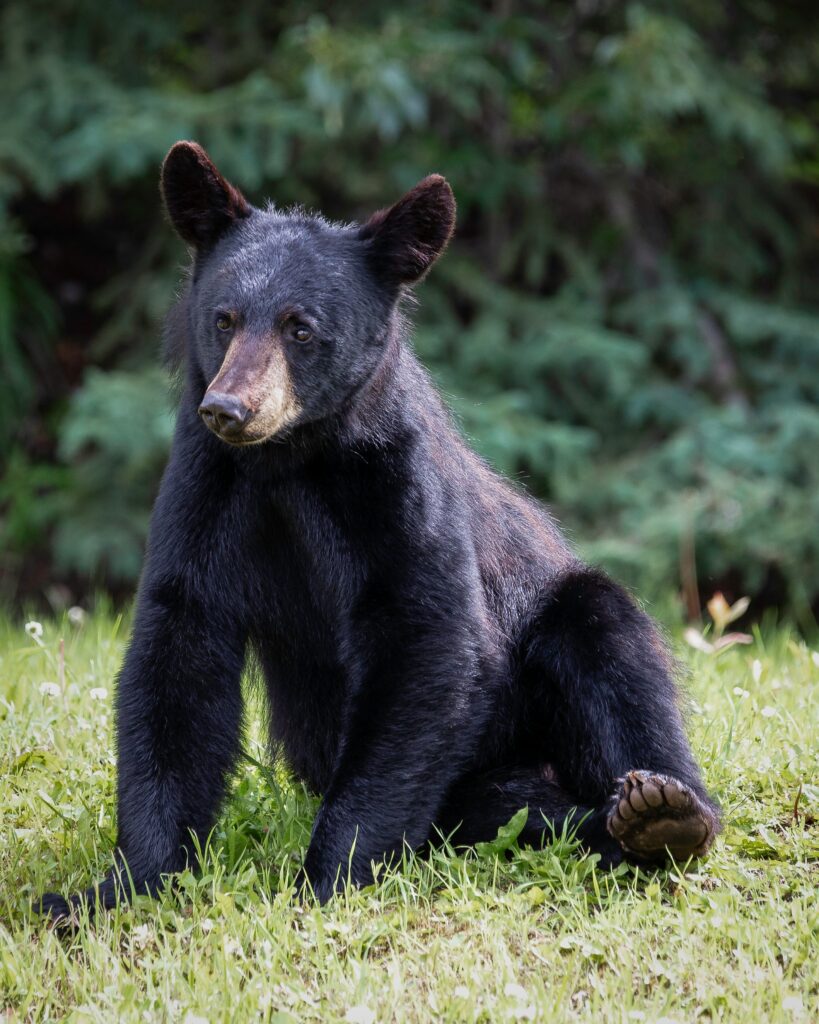
Recreational Activities
At McArthur-Burney Falls Memorial State Park, you're spoiled for choice with an array of outdoor activities set against the backdrop of the park's dramatic waterfalls. Here's what you can look forward to during your visit.
Hiking Trails
Embark on picturesque hikes that cater to various fitness levels. The Falls Loop Trail is a 1-mile stroll offering you breathtaking views of Burney Falls, and if you're up for a longer journey, the park connects to the famous Pacific Crest Trail, renowned for its extensive stretch spanning from Mexico to Canada.
Water Sports and Swimming
You can cool off in the crystal-clear waters of Lake Britton. Although swimming near the falls is not allowed for safety reasons, designated swimming areas are available. Plus, you can rent boats nearby to enjoy the lake at your own pace.
Fishing and Fly-Fishing
Fishing enthusiasts can cast their lines in the hope of catching rainbow trout. Burney Creek and Lake Britton are perfect spots for both fishing and fly-fishing, with the former being accessible via the park.
Camping Experience
If you're looking to extend your stay, consider camping under the stars. The park offers a full camping experience with amenities, so you can wake up to the sounds of nature right at your doorstep. You're just a short walk from the Burney Falls Loop Trail, which means every new day promises more adventure.
Park Facilities and Amenities
McArthur-Burney Falls Memorial State Park offers a variety of facilities and amenities to enhance your visit. You'll find convenient accommodations and resources that cater to your needs as you explore the natural beauty of the park.
Visitor Center and Gift Shop
At the Visitor Center, you're welcomed with a trove of information to help navigate the park. Friendly staff can answer your questions, offer tips on what to see, and provide maps for guidance. Don't forget to stop by the Gift Shop where you can pick up unique souvenirs, local crafts, and mementos of your visit to Burney Falls.
Cabins and Camp Store
If you're looking to extend your stay, the park offers cozy cabins for a comfortable retreat after a day of adventuring. Equipped with basic amenities, these cabins provide a rustic and immersive nature experience. For your convenience, the nearby Camp Store stocks a selection of supplies, from snacks to essential camping gear, ensuring you have everything you need for your stay in the great outdoors.
Nearby Attractions and Accessibility
When planning your trip to Burney Falls, you'll find several attractions nearby that promise scenic adventures and easy access to outdoor fun. From aquatic activities on Lake Britton to exploring the lush landscapes of state and national parks, you're in for a memorable experience.
Lake Britton and Water Sports
Lake Britton is the perfect spot if you're keen on water sports. Here, you can indulge in boating, fishing, and even swimming during the warmer months. The lake offers boat rentals, making it easy for you to get out on the water and enjoy the scenery from a different perspective. For those who prefer a relaxing day by the water, the lake's shoreline is ideal for picnics and sunbathing.
McArthur-Burney Falls Memorial State Park
Just a stone's throw away from Burney Falls, the McArthur-Burney Falls Memorial State Park is home to the falls themselves and offers more than just the stunning cascade. This park provides a variety of hiking trails that range from easy to moderate in difficulty, allowing you to find the perfect path for your comfort level. The park's accessibility makes it a convenient option for nature lovers of all ages.
Close Proximity to Lassen Volcanic National Park
A short drive from Burney Falls will bring you to Lassen Volcanic National Park, known for its astounding volcanic landscapes and array of outdoor activities. Whether you're hiking to view the simmering fumaroles and hot springs or enjoying the park's clear, starry nights, Lassen's natural beauty is both accessible and captivating. It's an ideal extension to your Burney Falls adventure.
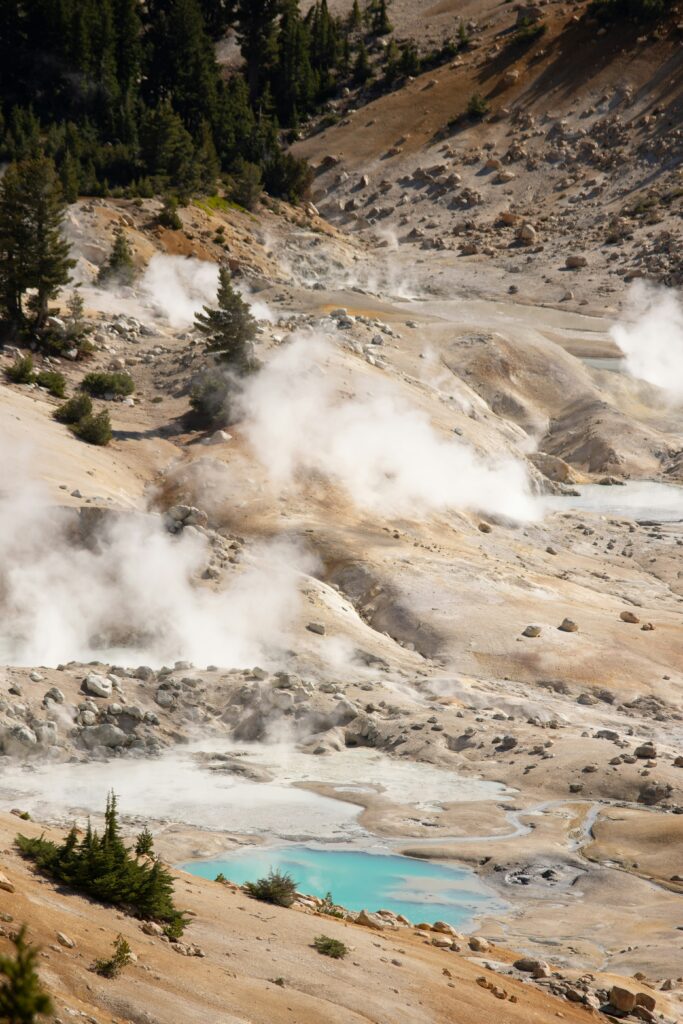
Related Post:
Seasonal Considerations
When planning your visit to Burney Falls, it's crucial to consider the season as each brings its own unique atmosphere and conditions.
Spring Blossoms
In spring, Burney Falls becomes a hub of renewed life with wildflowers blossoming all around. You'll find mild weatherconditions perfect for hiking without the summer crowds. Be aware that some trails might be under maintenance, as seen in the trail renovation news, so check for closure dates before you go.
Summer Visits
Summer is the most popular time to visit Burney Falls, with the warm weather allowing for the most comfortable exploration. However, note this is also when the park can experience closures for trail improvements, such as in 2024. It's essential to check for updates on accessibility if you're planning a summer trip.
Winter Conditions
Winter at Burney Falls is peaceful, with fewer visitors and a snowy landscape. But be prepared for cold weather and potentially icy paths. The falls themselves usually remain accessible, but ensure you're ready for winter hiking conditions and check the park's status, as seasonal changes can affect trail availability.
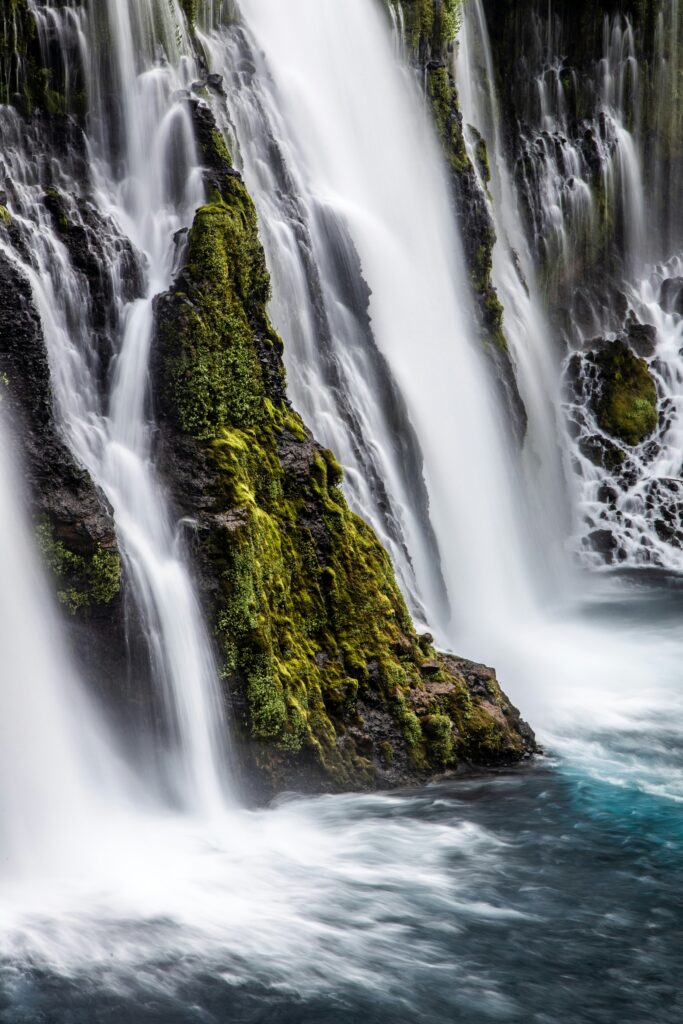
Related Post:
Directions and Transportation
Planning your trip to the majestic Burney Falls in Shasta County is straightforward and accessible by car. Below, you'll find specific directions and information about the main routes that will lead you to this natural wonder.
Traveling to Burney
If you're heading to Burney from Sacramento, your journey will bring you northward wide highways until you reach this beautiful region. Start on I-5 North for about 161 miles toward Redding. Here's a simple breakdown of your drive:
- Merge onto CA-299 East and continue for 59 miles.
- Make a left turn onto CA-89 North and drive for another 6 miles.
- You'll then reach the entrance to McArthur-Burney Falls State Park.
The trip totals approximately 3.5 to 4 hours, so plan accordingly for a comfortable journey.
Local Highways and Roads
Navigating the local area is key once you're within Shasta County. Highway 89 and Highway 299 serve as the primary routes that will guide you to Burney and the park:
- Highway 89: This route is particularly important as it directly connects to the park's main access road.
- Highway 299: Providing a scenic interlink between the coast and the desert, follow this route for access to Highway 89, and it will steer you towards the park's vicinity.
Maps and directional signs are prevalent in the area, making it easy for you to find your way. Always ensure that your vehicle is fueled and functioning well as the roads can meander through remote areas.
Frequently Asked Questions
In this section, you'll find concise answers to common queries about Burney Falls State Park, helping you plan your visit effectively.
What are the operating hours for Burney Falls State Park?
Burney Falls State Park is open year-round, from sunrise to sunset. This allows you ample time to enjoy its natural beauty from dawn till dusk.
Are there any hiking trails at Burney Falls and how difficult are they?
Yes, there are several trails, including the popular Burney Falls Loop Trail, which is an easy-to-moderate hike offering stunning views of the falls and surrounding nature.
What accommodations are available near Burney Falls for an overnight stay?
You can find campsites within the state park and multiple lodging options nearby. Camping at the park gives you a close and personal experience of the area’s natural wonders.
Can you provide directions to Burney Falls State Park?
Burney Falls State Park is located in northeastern California. The most straightforward way to reach the park is by car via Highway 89.
How much is the entrance fee to visit Burney Falls State Park?
The park charges a parking fee per vehicle. For the most current fee information, it's best to check the official state park website.
What are the reasons behind the swimming restrictions at Burney Falls?
Swimming is restricted at the falls and pool area primarily for visitor safety due to the strong currents and to protect the natural environment.

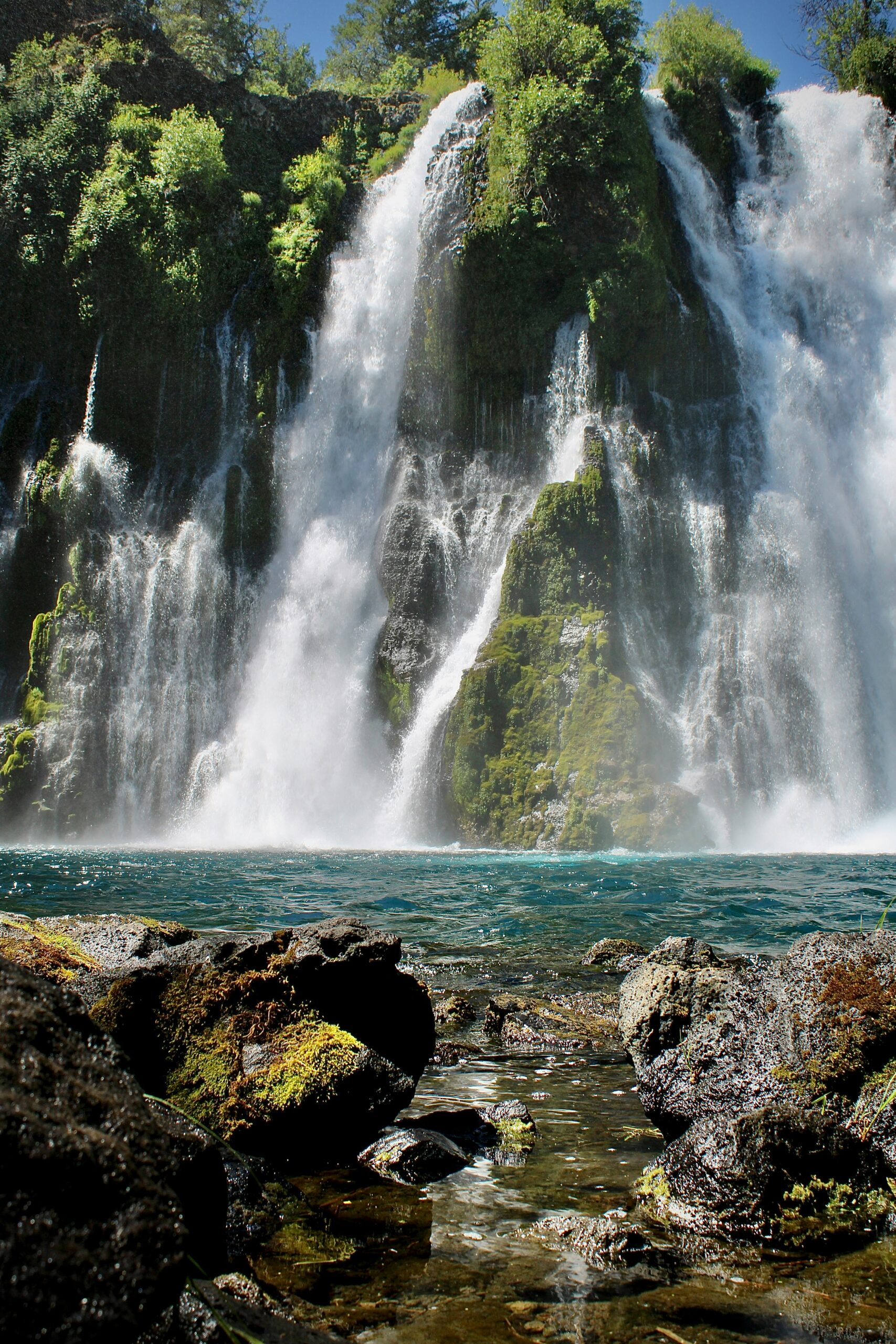
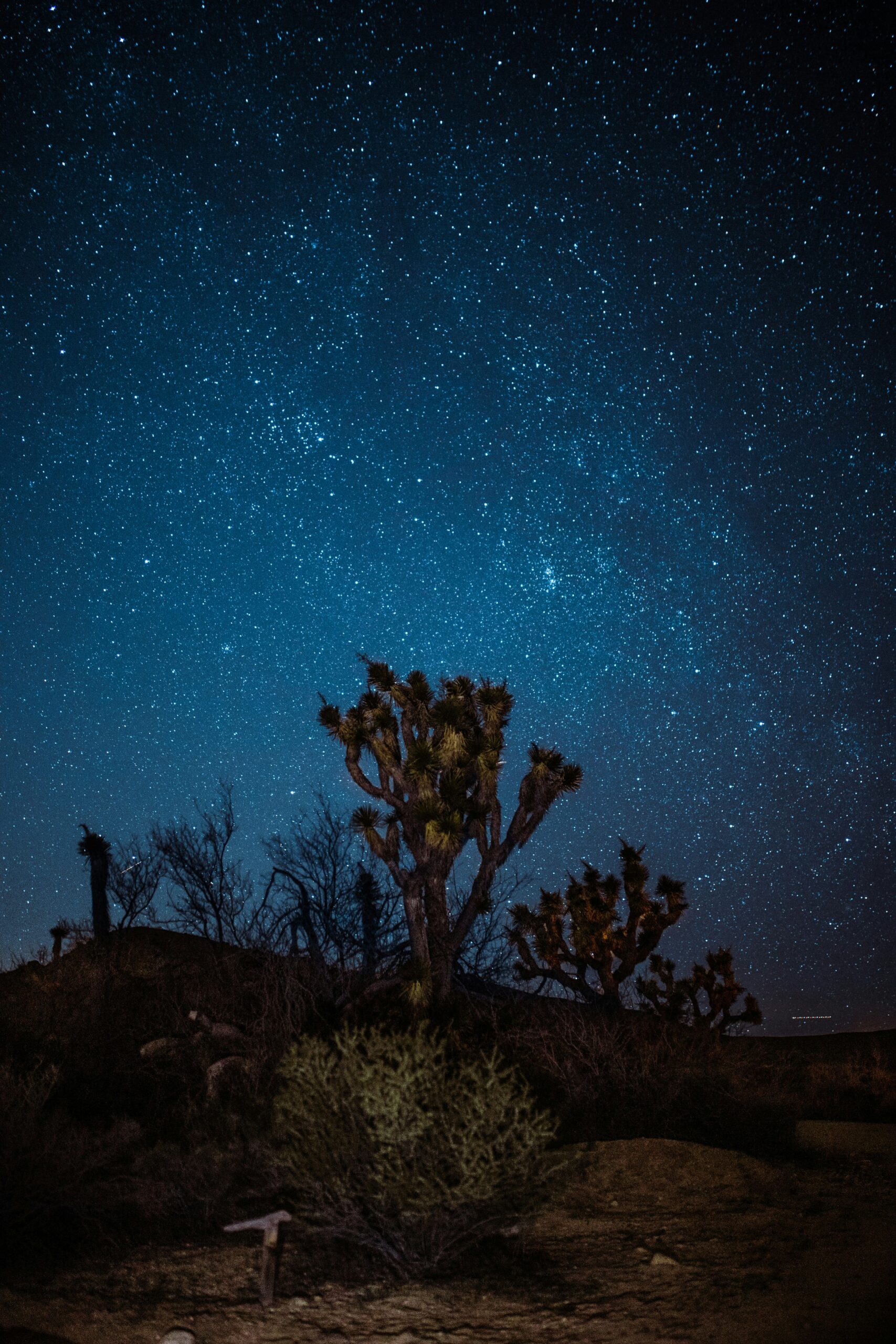

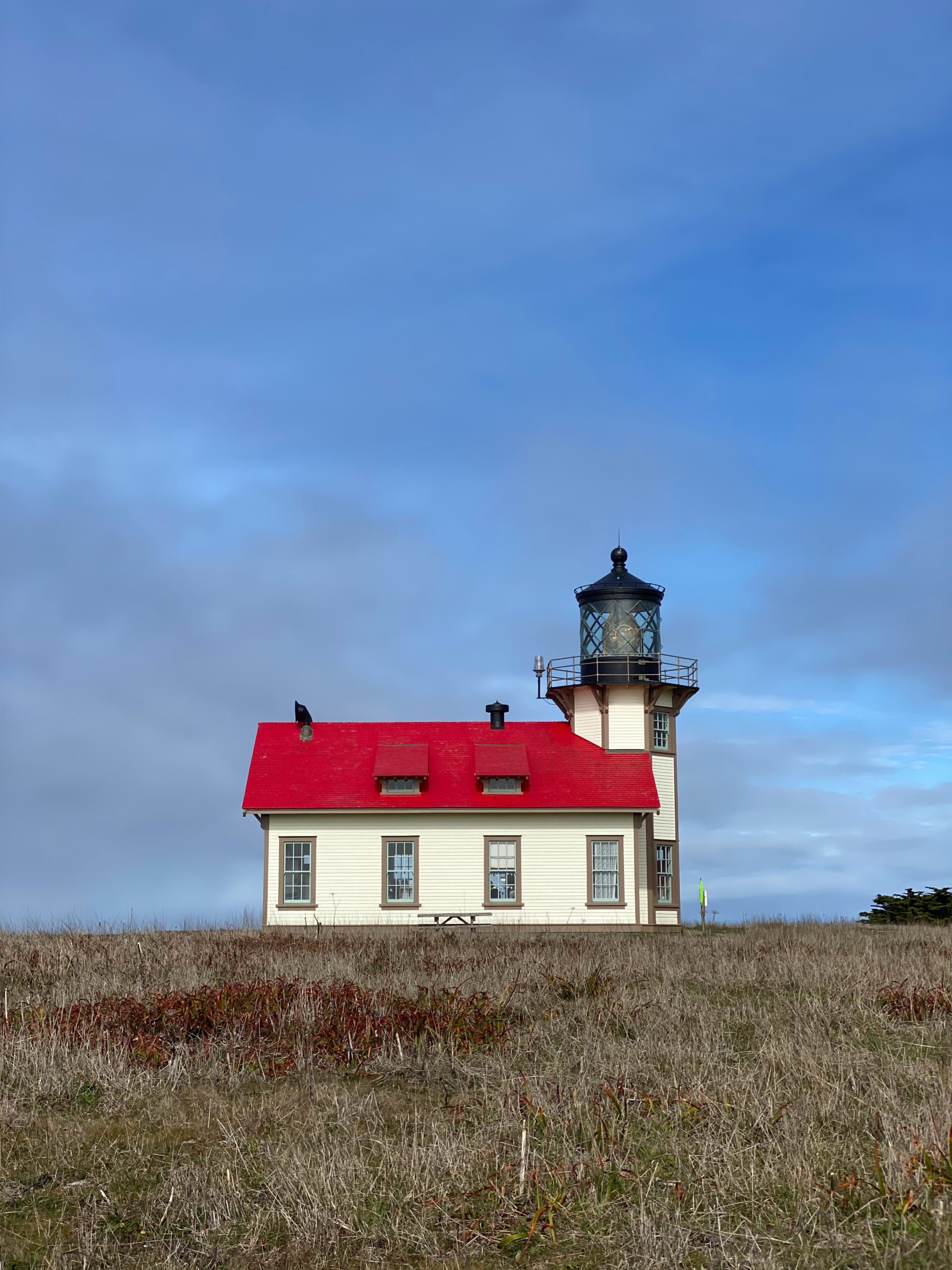
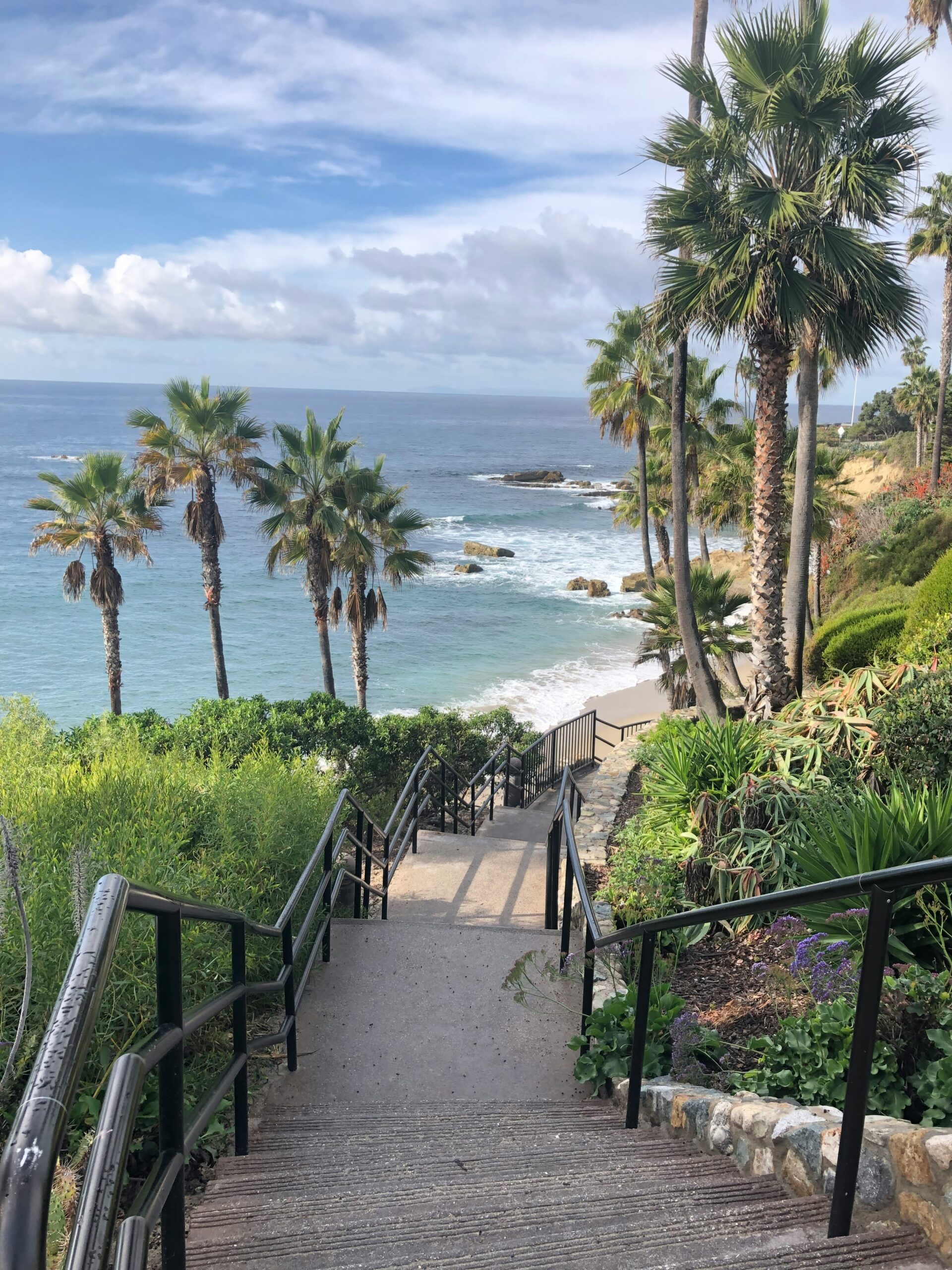
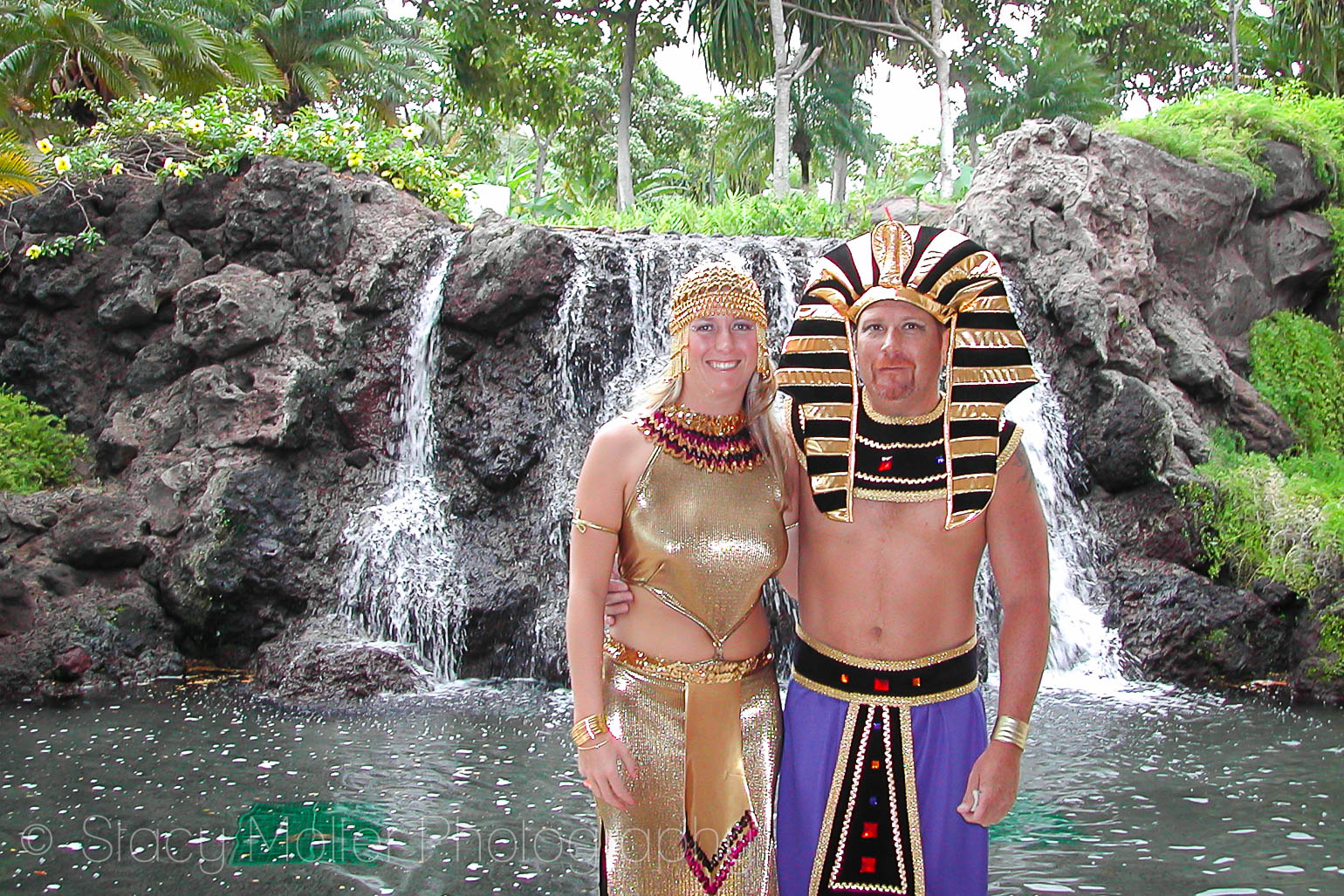
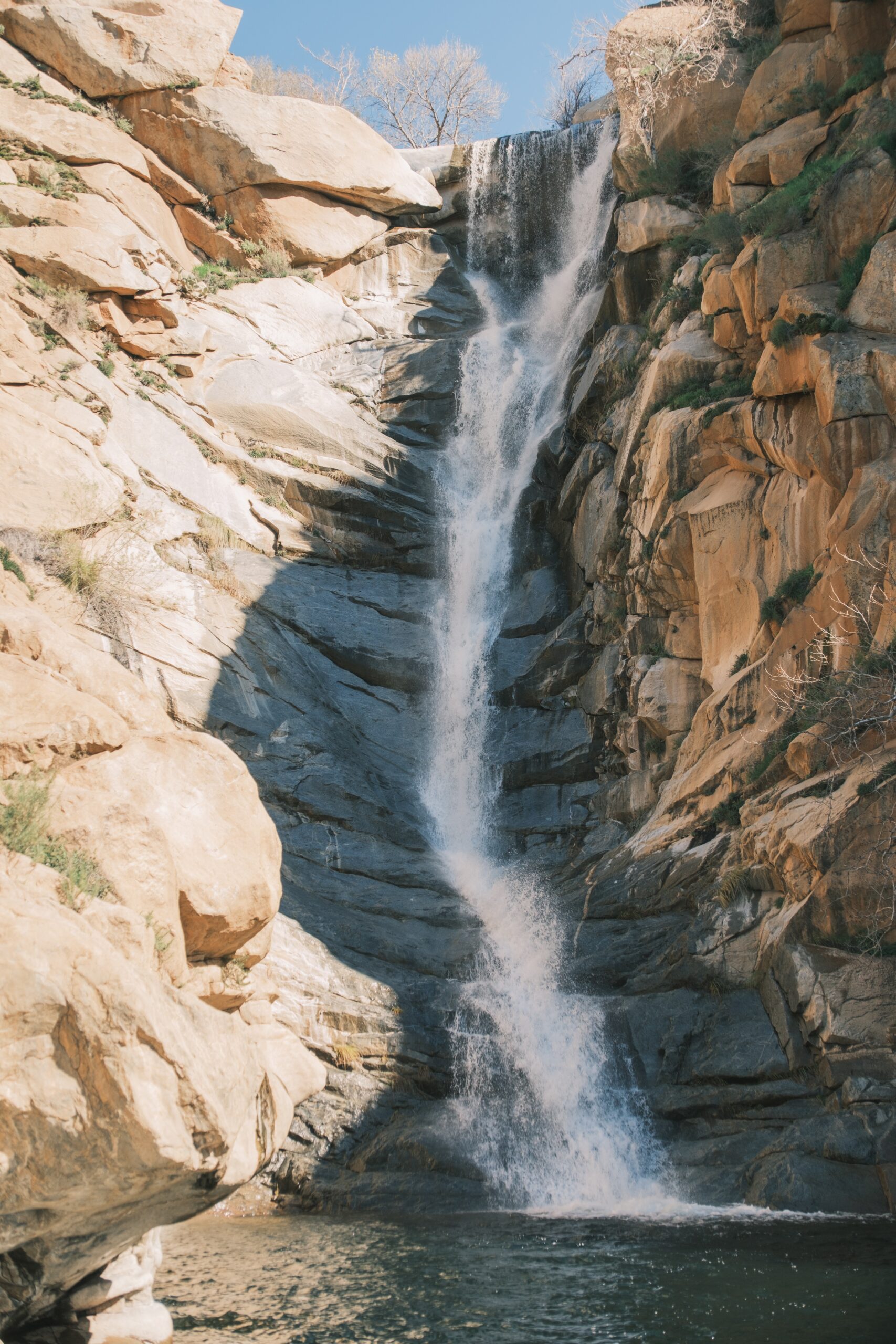
Just an FYI, due to the large amount of visitors in the past years and the damage caused, access to the area around the falls will be closed off starting in April 2024. Check the website to the park to confirm
Yes, this is correct. This is noted in the post with a link to the Sacramento Bee article about the closure.
This site has been closed due to over use by tourists who have destroyed sensitive vegetation and eroded the edges of the pools. Stop advertising this.